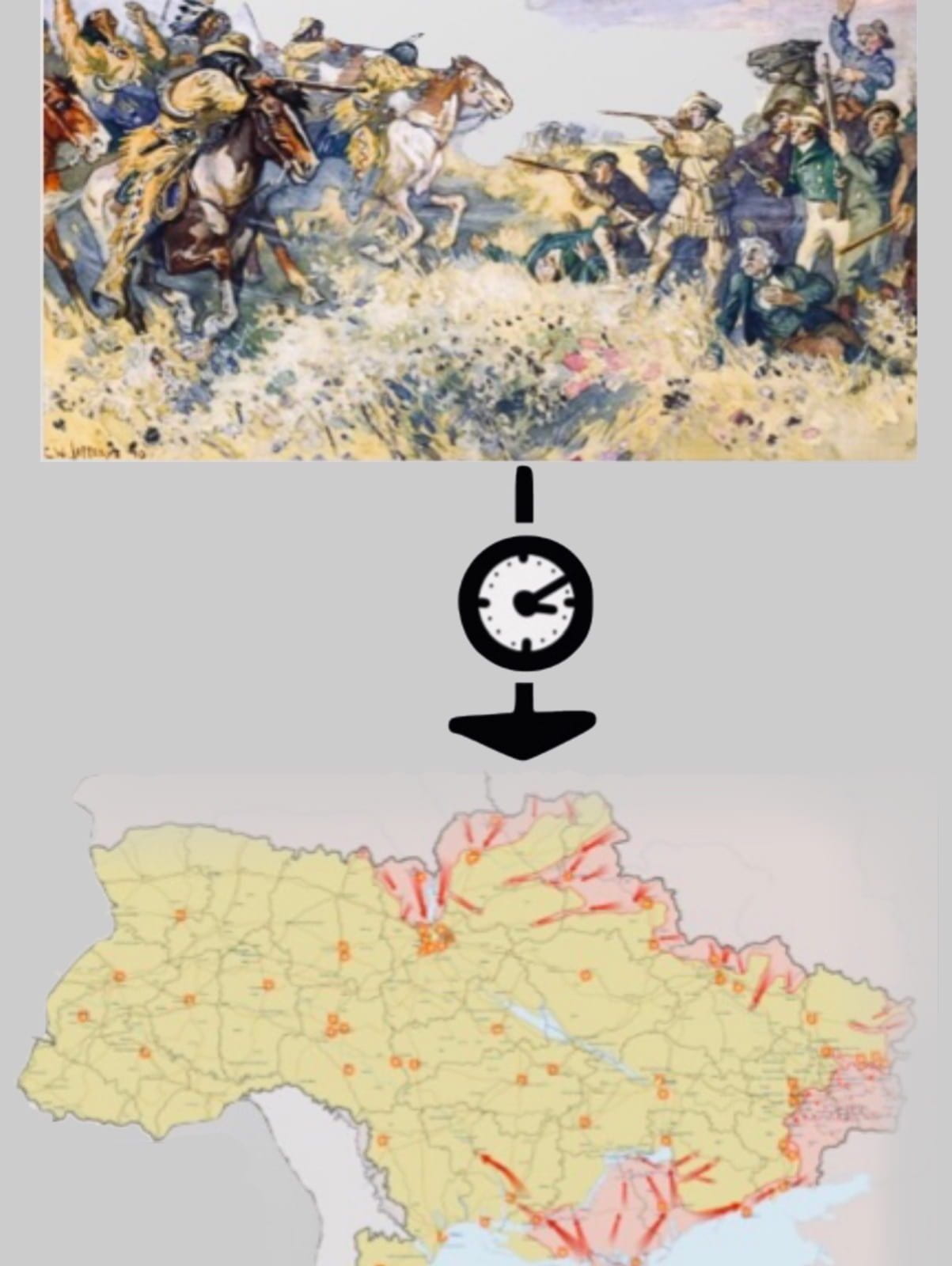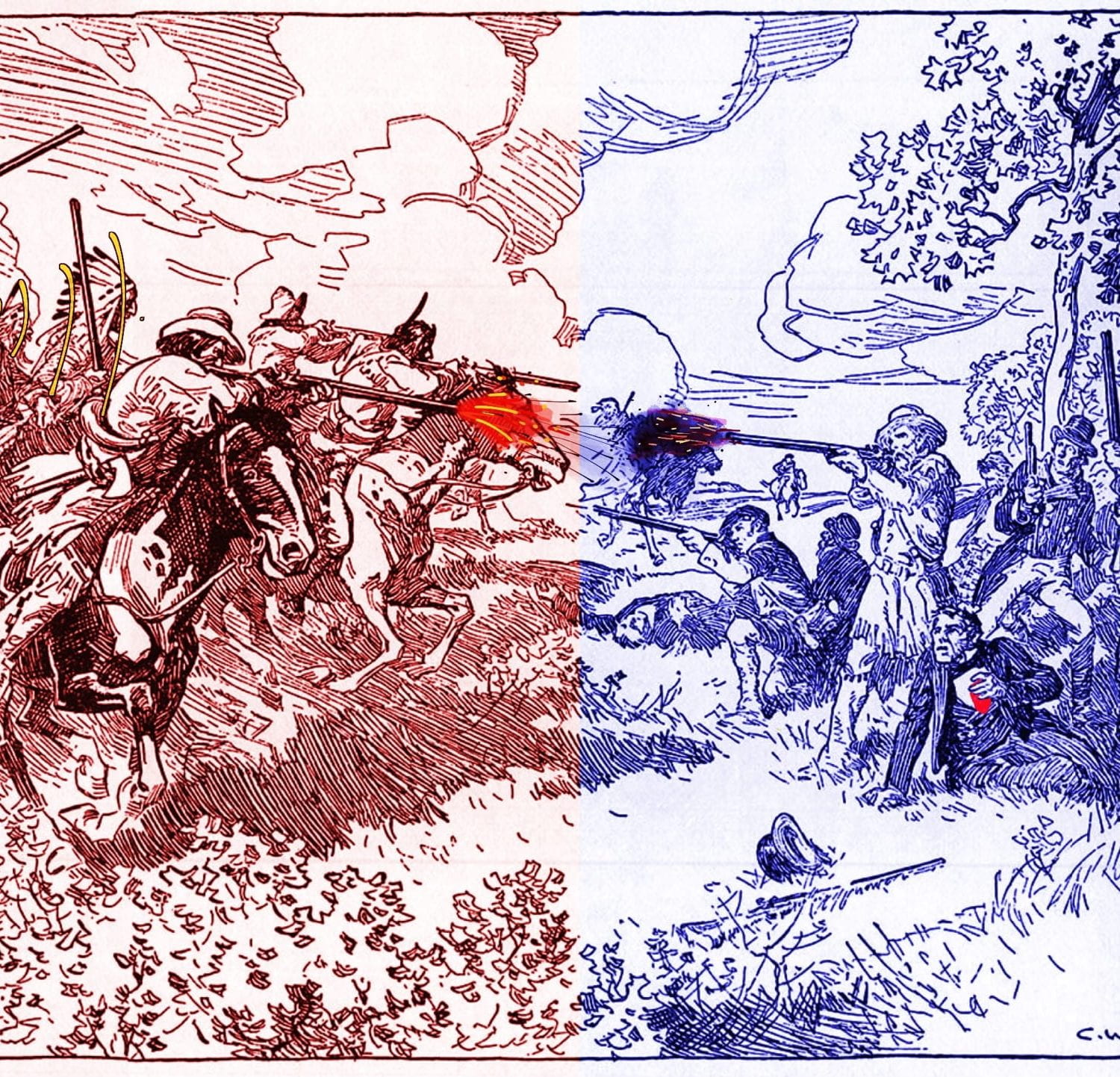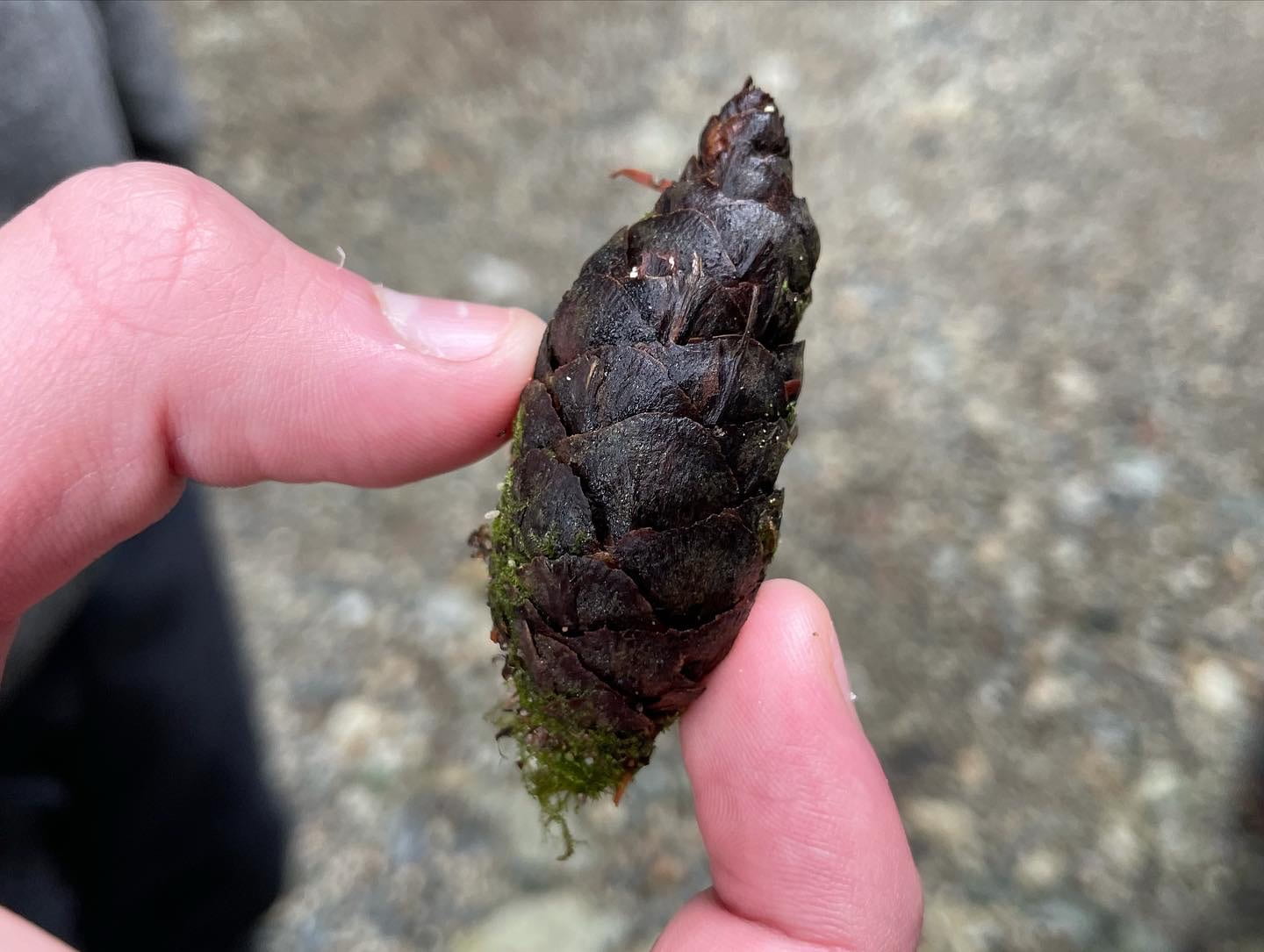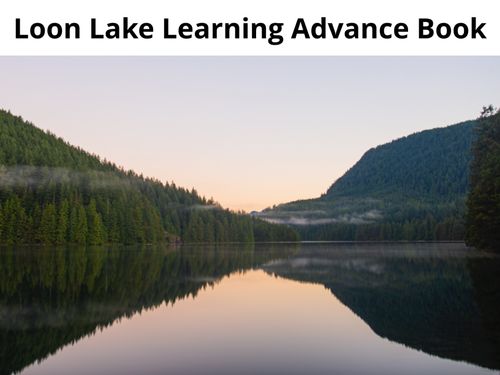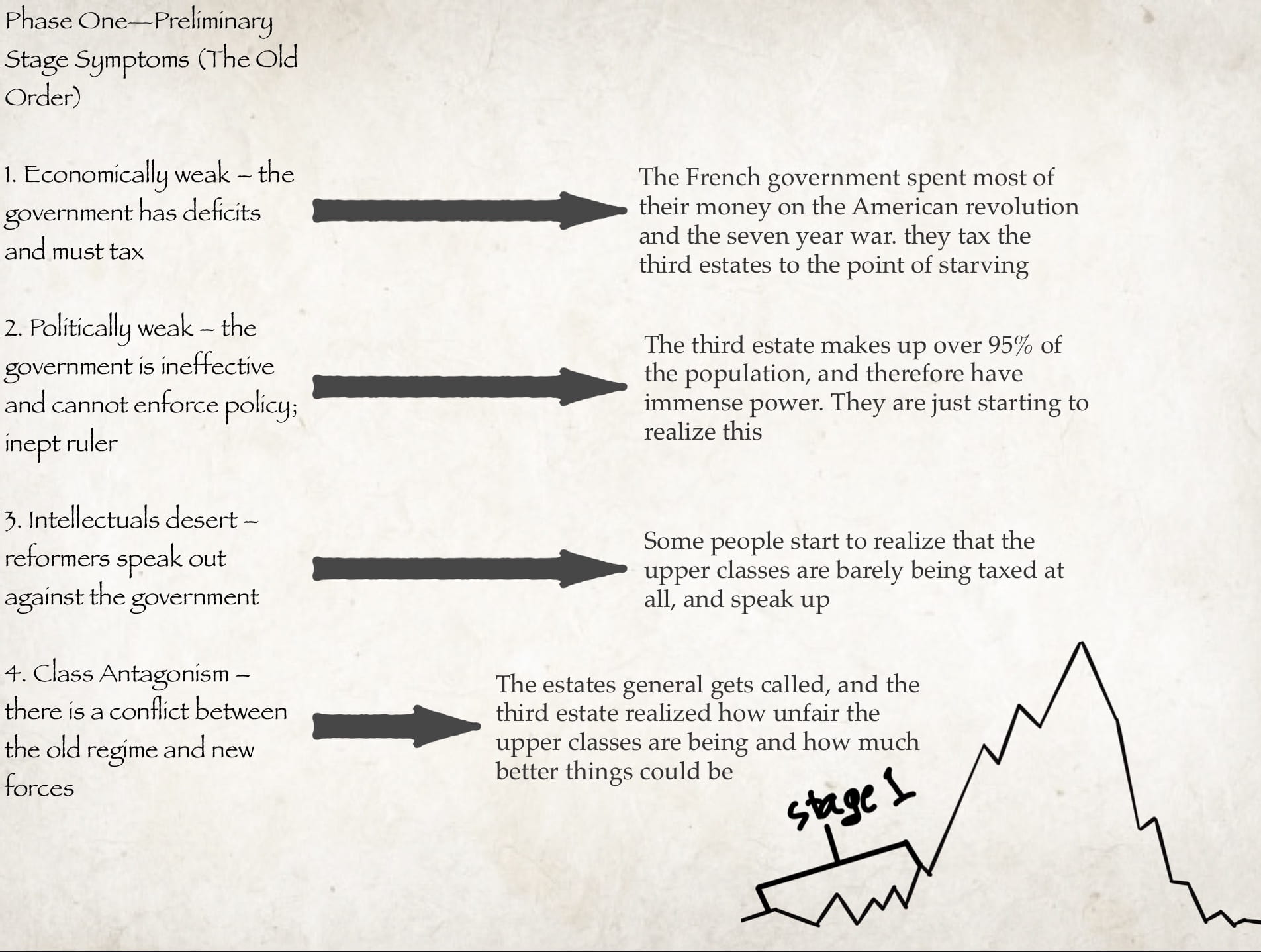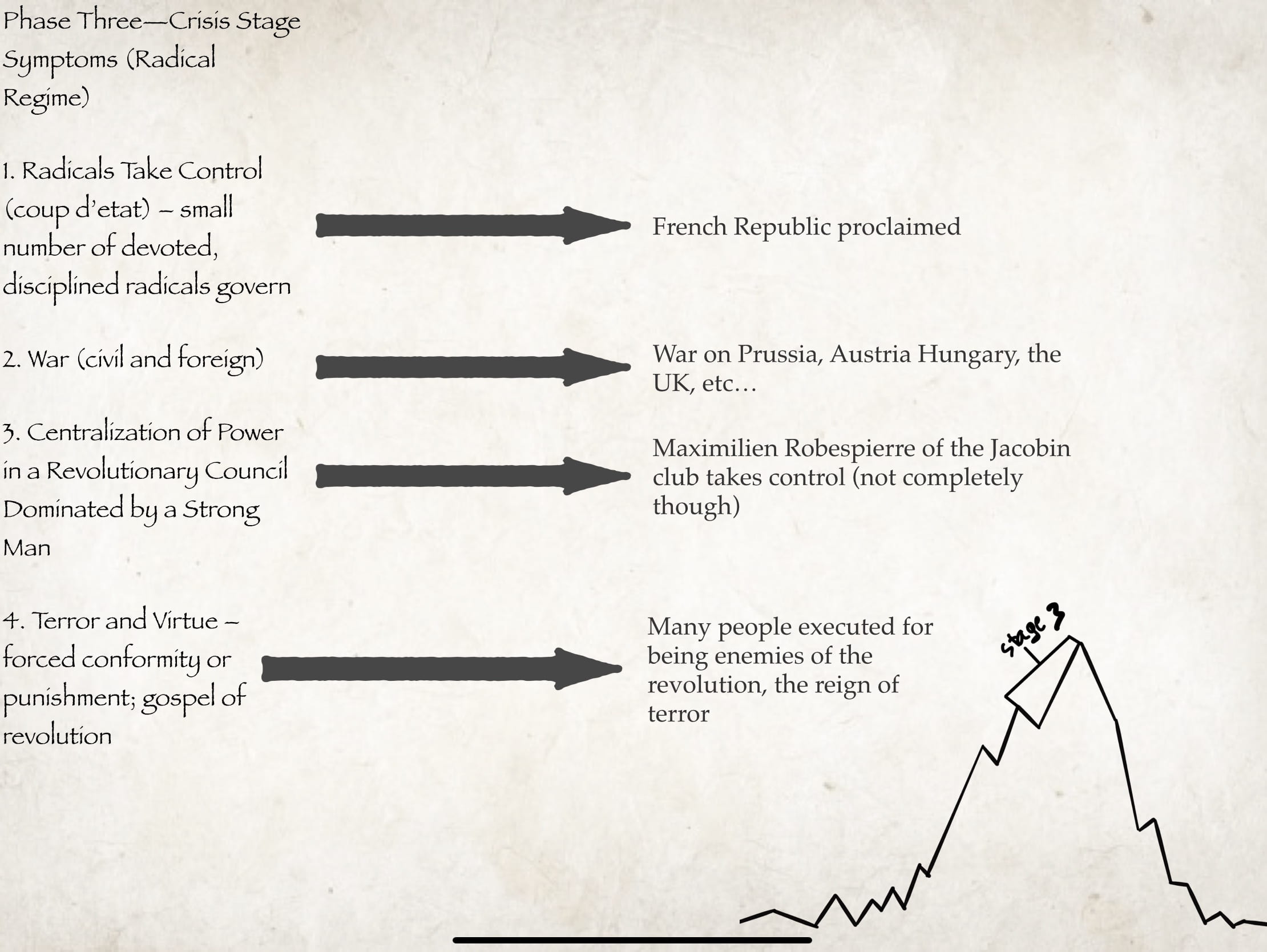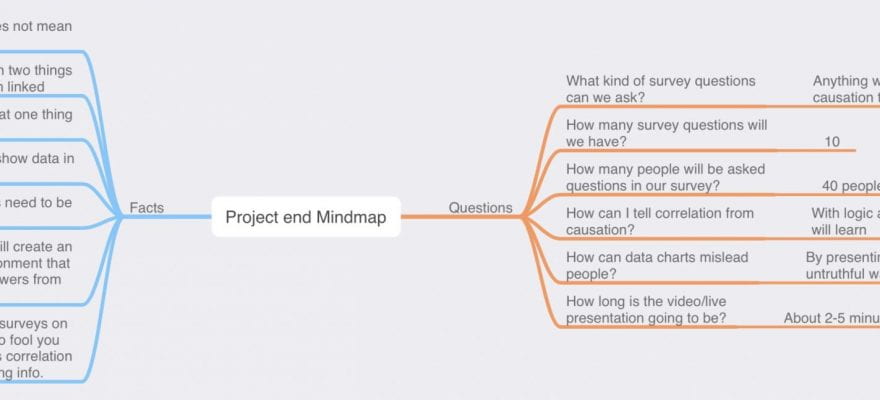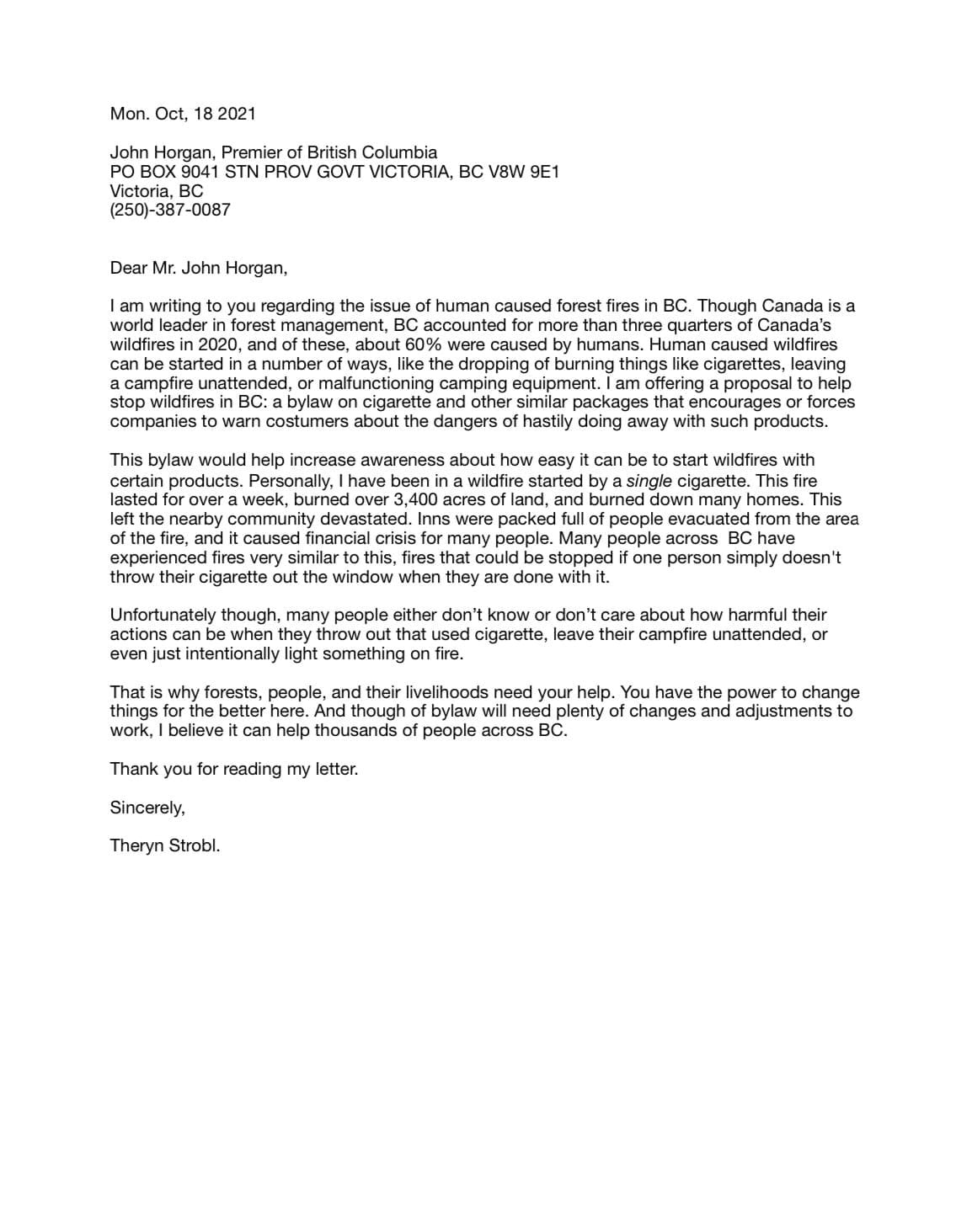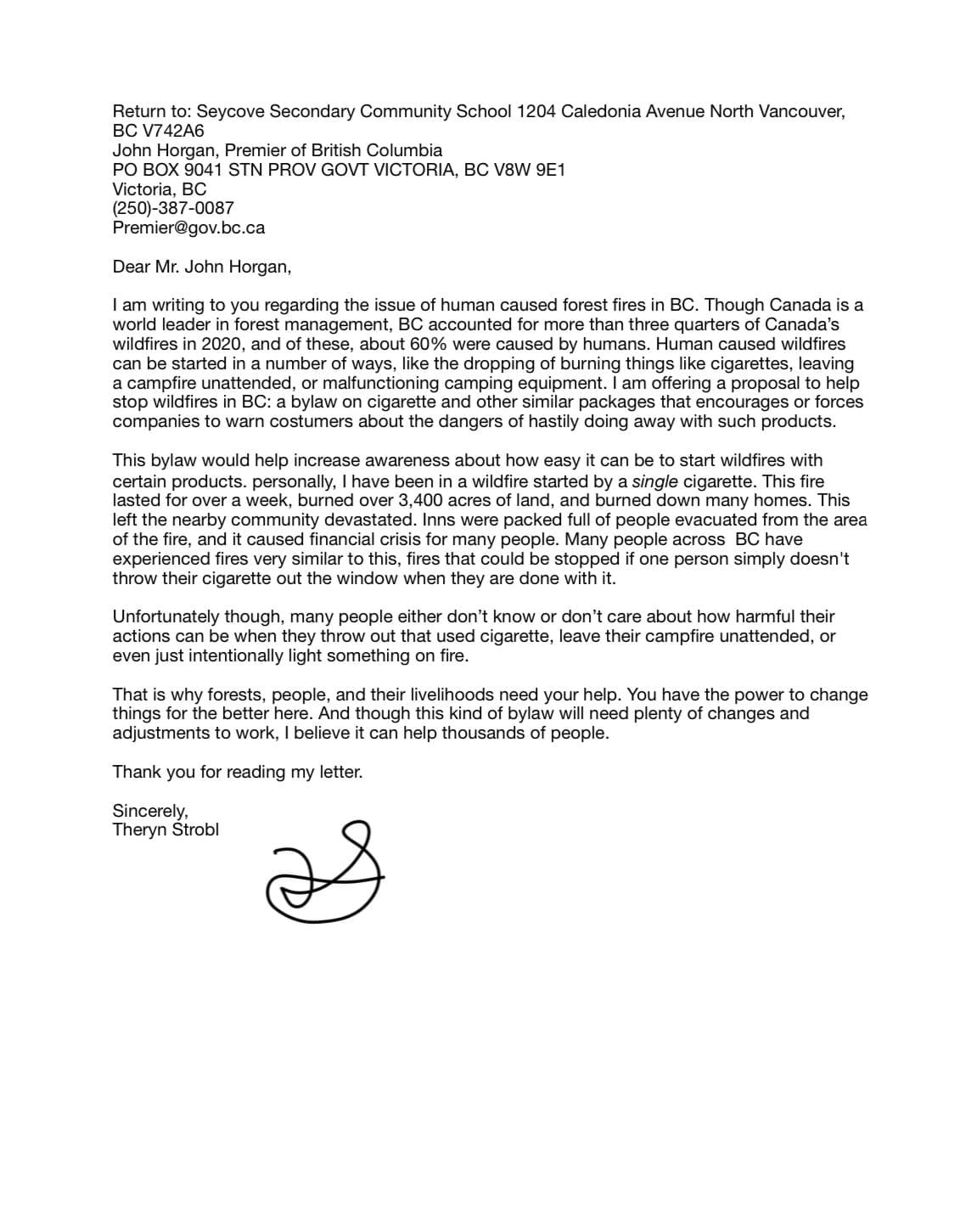The latest project in the PLP 9 classroom was DI (Destination Imagination). As you may recall from last year, DI is a worldwide competition that students can participate in, and PLP participates every year. This year, I was put onto the scientific team, where our challenge was to create a performance where our characters get stuck in a micro world and have to use the help of a mysterious object to get out. So, without further ado, here is the post.
To start this project, you need to know some things first: my group members were Teva, Ava, Ariane, and Julian. If you want to read them, the full rule book for this challenge is here, and the general rules for DI are here. We had around three months of time from when we first started DI, and the tournament was on April 2nd. The project did go over spring break though. So now, with that out of the way, I can continue.

We started off the project by deciding roles and responsibilities, and learning about each others strengths and weaknesses going into the challenge. This can help up work better as a team to conquer any challenges along the way.

Then, we did a around 3.4 metric tons of brainstorming; any idea, from story, technical execution, mechanisms, the visual effect, anything.


After lots and lots of ideas, it was time for a crucial step in making the final product: planning. This involves choosing which ideas will make their way onwards, as well as deciding how and when they will get used. Then, we created a first draft of the script, which was revised many times.

Now, it was time to start creating our final props and presentation. The rest of the project was honing in and improving our presentation until it was perfect. (Although it wasn’t perfect by the time we finished). The Final Script is here.






And finally, it was time to present. All our work has led up to this. Our team went to St. George’s Senior for the final tournament, but our struggles didn’t end there. We forgot to bring a tablecloth, and that may not sound big, but thee tablecloth was going to help obscure a prop, and without it, our set change might not be very clear. But, 30 minutes before our presentation, we taped pieces of paper together to create one large sheet, and with everything prepared, all we could do is present.
And our presentation went great! Below is our groups reflection on what went well, and what went… not as well.

Again, so much thanks to my DI team of Teva, Ava, Ariane, and Julian. Overall, I learned so much this year in DI, and am surprised that I liked it. See you in the next one, and thanks for reading.
P.S. this year DI had a special challenge where you decorate your car. Here is that:




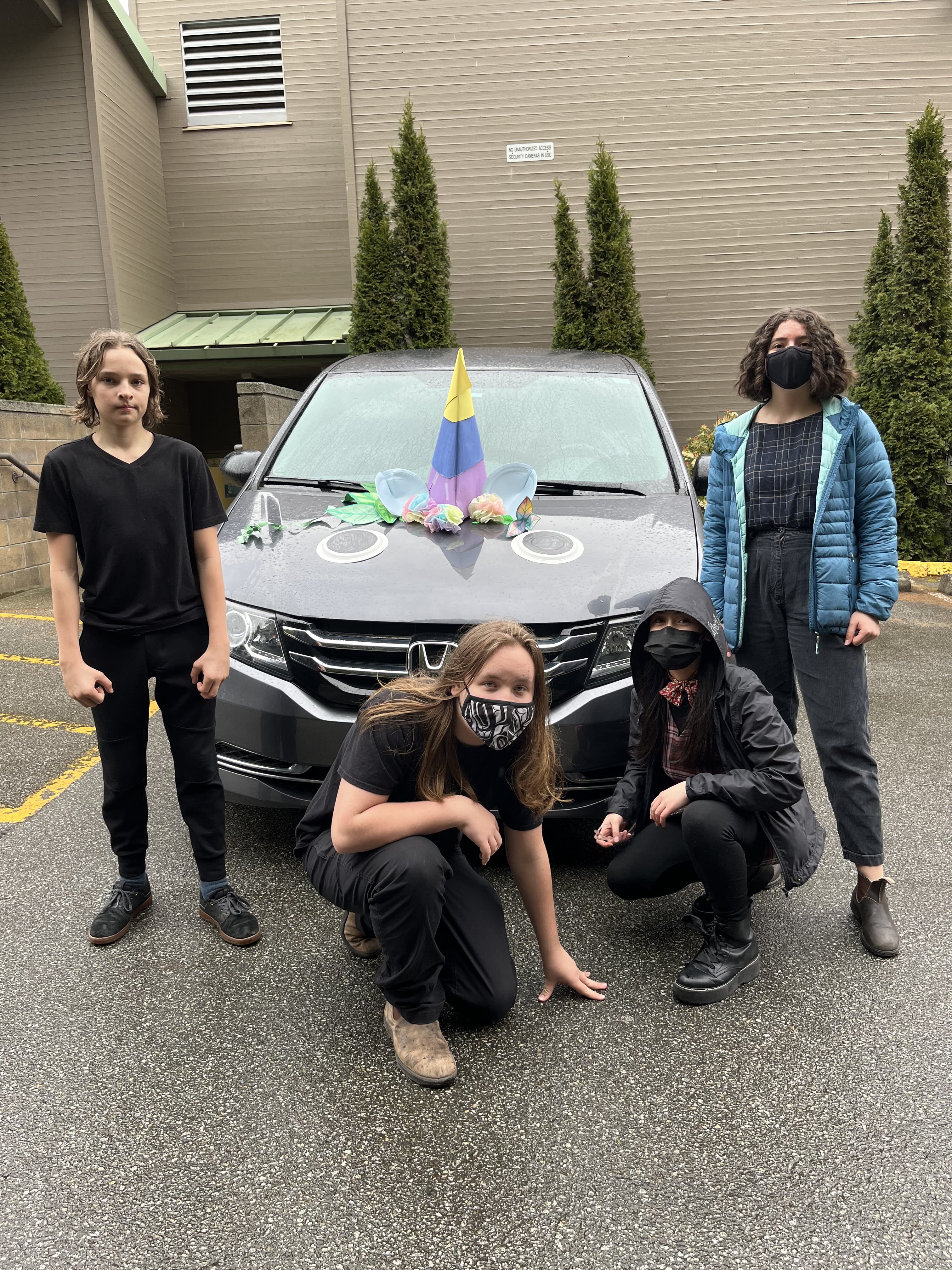
P.P.S. We won first in the team challenge!







